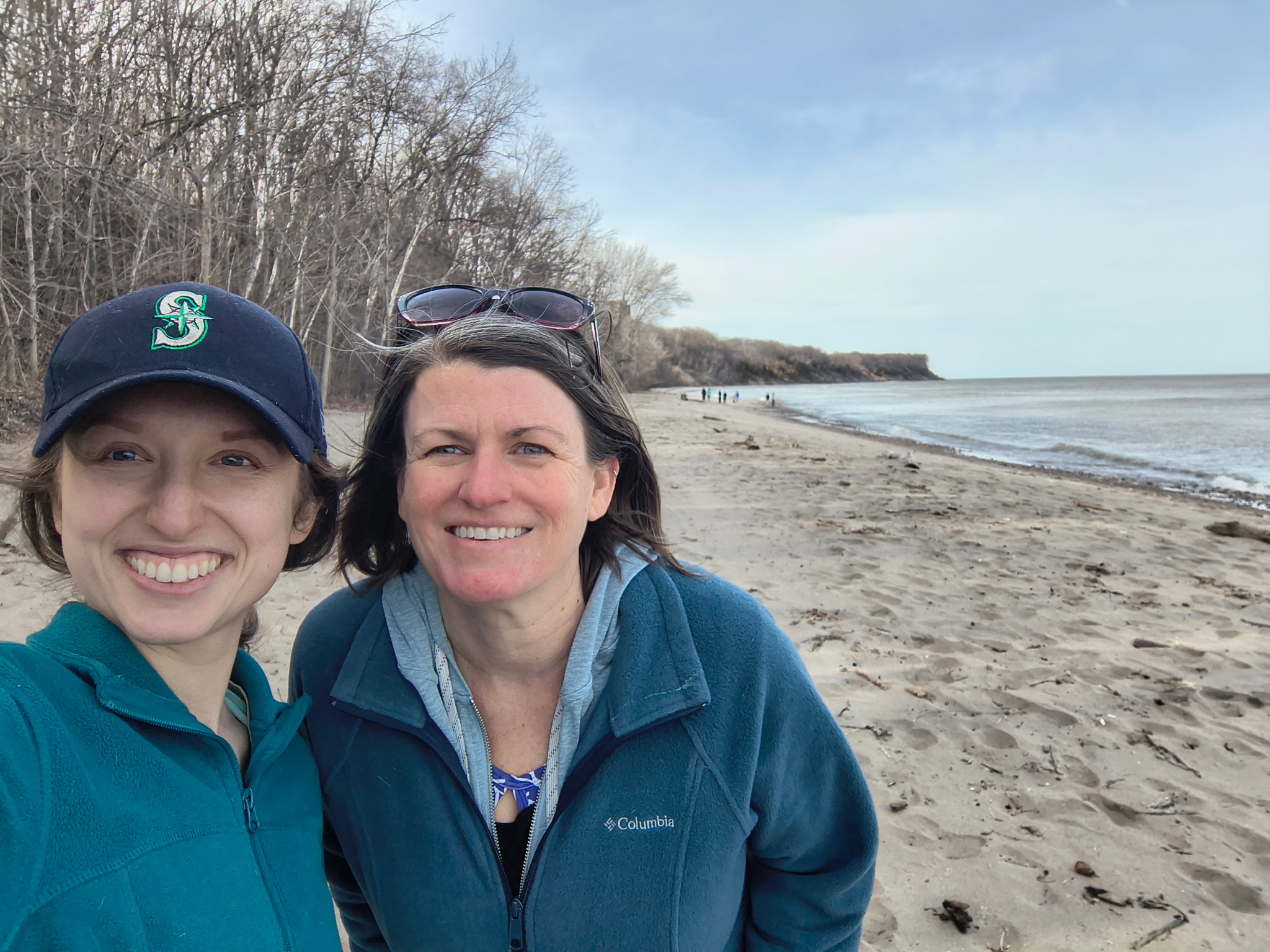June 13, 2018
By Moira Harrington
Wisconsin Sea Grant has won an award in the highly regarded international communications competition conducted by the Council for Advancement and Support of Education (CASE). CASE announced 343 national and international winners today, drawn from 3,204 entries submitted by more than 190 academic institutions.
Tackling Barriers to Green Infrastructure: An Audit of Local Codes and Ordinances won a silver award in the category of Public Relations and Community Relations Projects. Competition guidelines describe it as a category of projects that demonstrate exceptional public relations and community relations created to reach and motivate constituencies.
Wisconsin Sea Grant Water Quality and Coastal Communities Specialist Julia Noordyk leads this project that encourages Great Lakes communities to implement green infrastructure and practices. She said it addresses a community-driven process. “The main strategy is to bring everyone on board at the beginning. We’re not trying to do code changes that the community is against. The code audit is about going through the process and figuring out what changes make sense and will help the community reach its goals.”
The genesis for a green infrastructure guidebook and the larger public and community relations project was a 2014 needs assessment of Great Lakes community planners and resource managers. The planners and resource managers identified “stormwater runoff” as contributing to four of the top five coastal storm hazards that affect their coastal communities.
In addition, 79 percent of survey respondents rated “local ordinance, zoning and building code assessment and analysis maps” as a top need to address coastal storm hazards. Green infrastructure is a proven and effective means to improve water quality and habitat and reduce flooding by reducing stormwater pollution and volume. Despite that, many communities are prevented from implementing green infrastructure practices by outdated zoning, codes and ordinances.
Yael Gen, graphic designer for the guidebook, said, “With a limited budget for design and printing, the university was fortunate to secure the participation of photographer and Milwaukee Institute of Art and Design instructor Kevin J. Miyazaki. He is an artist whose ability to connect a place to a story aligns perfectly with spatial narrative work in which UW-Madison’s Sea Grant program engages.
“Miyazaki created triptychs representing sites ranging from the sublime, in the form of the Mequon Nature Preserve, to the mundane, in the form of porous paver in a parking lot,” she concluded.
Noordyk is available to assist communities, upon their request, with assessment needs. The guidebook alone can also provide a wealth of information. It is available in a print and an online version. The online version can be downloaded in sections that most apply to a community’s specific need.
CASE judges reviewed this project based on factors such as solid objectives and how they support an institution’s mission, effective planning, need for the project, understanding of target audiences(s), innovative and creative ideas, use of available resources and results and impact of the project on an institution.
The guidebook is the first of its kind available to the public free of charge. Other major contributors to the guidebook include Kate Morgan, formerly of 1000 Friends of Wisconsin and now with the Milwaukee Metropolitan Sewerage District, as principal author; Juli Beth Hinds, Birchline Planning, LLC, as code audit tool author and co-editor; and Elizabeth White, an editor with Sea Grant.





